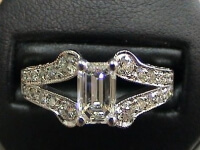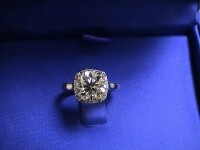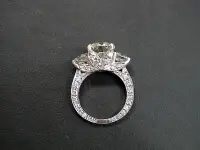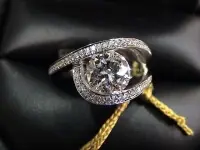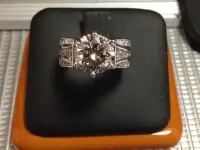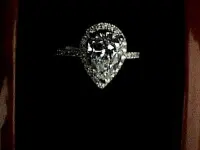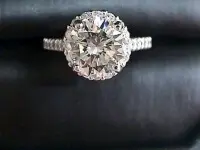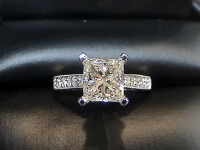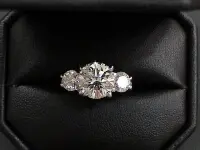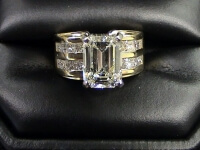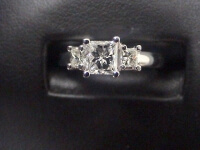Diamond Education


The Basics of Diamond Education
With potentially millions of engagement ring styles & diamonds to choose from, where do you start? Right here, with us. Our diamond specialists from Gold & Diamonds Inc. have been helping couples find the perfect ring for over 30 years.
Before we begin to tackle the tough questions, it’s important to remember that not all diamonds are created equal. While we have done our best to compile some important information about selecting a diamond, a true understanding of a diamond’s quality & characteristics takes time, research & a well-educated jeweler.
Diamond Shape
Often the first step in choosing an engagement ring is determining the shape (round, princess, radiant, etc.) of the diamond you like best. Shape describes a diamond’s form, primarily as viewed from above, and although round or brilliant-cut diamond is the most popular, there are many others to consider. The shape is one of personal taste, and once that has been determined, you can move into discovering the 4 C’s of the diamond.

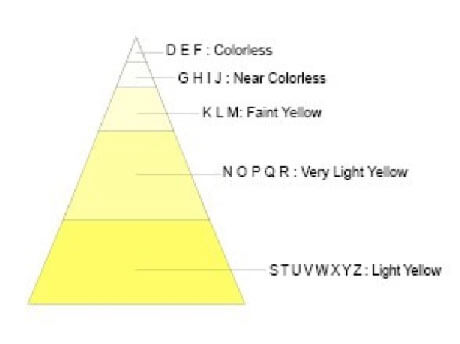
Diamond Carat Weight
The weight of a diamond is measured in “carats,” with one carat equaling 0.20 grams or 1/142 of an ounce. Each carat is comprised of 100 points; one-half carat is 50 points, etc. Diamonds of the same weight can vary significantly in value depending on their color, clarity & cut.
Diamond Color
Though it rarely occurs, the best color for a diamond is no color.
Less than 2% of all diamonds are colorless as color tones become more apparent, the rarity & cost decrease.
A diamond’s color is graded through the pavilion against a master set of stones by an experienced grader in a controlled environment. Transitions from one color grade to the next are minute & extremely difficult to detect.
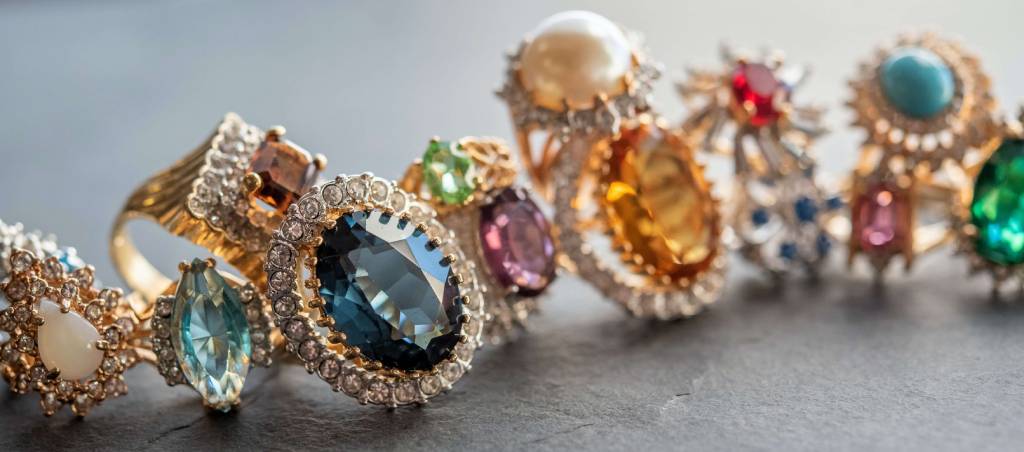

Diamond Clarity
The clarity of a diamond is determined by the quantity & degree of internal birthmarks, called inclusions. The better the clarity, the greater the rarity.
Did you know? Approximately 80% of all diamonds fall into the I-1, 2, and 3 ranges.

F – Flawless, IF - Internally Flawless
No inclusions are visible to an experienced grader using 10X magnification.
VVS – Very Very Slightly Included
It contains minute inclusions that are difficult for even an experienced grader to see under 10X magnification.
VS – Very Slightly Included
It contains minute inclusions which can be seen with effort under 10X magnification.
SI – Slightly Included
It contains inclusions that are noticeable using 10X magnification & may be visible with the unaided eye.
I – Included
It contains inclusions that are easily visible under 10X magnification & may affect transparency & brilliance.
Diamond-Cut
“Cut” or “make” of a diamond refers to the dimensions, not to its shape. It is the most important factor in determining a diamond’s brilliance & beauty. Small dimensional differences have a dramatic effect on a diamond’s reflection of light. The ideal cut is the standard used for all value comparisons.



Too Deep
When a diamond is cut too deep, much of the light is reflected opposite facets at the wrong angle and is lost through the side & bottom. The diamond may appear dark in the center and lifeless.
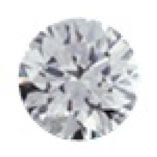
Too Shallow
When a diamond is cut too shallow, brilliance is lost when light escapes out of the bottom. This then results in a watery appearance.
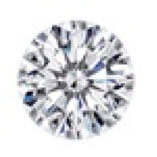
Perfectly Proportioned
When a diamond is cut to ideal proportions, virtually all the light entering the stone is reflected through the table resulting in a spectacular display of brilliance & sparkle.
The Ideal Diamond Cut
When a diamond is cut to ideal proportions, virtually all the light entering the stone is reflected through the table resulting in a spectacular display of brilliance & sparkle.

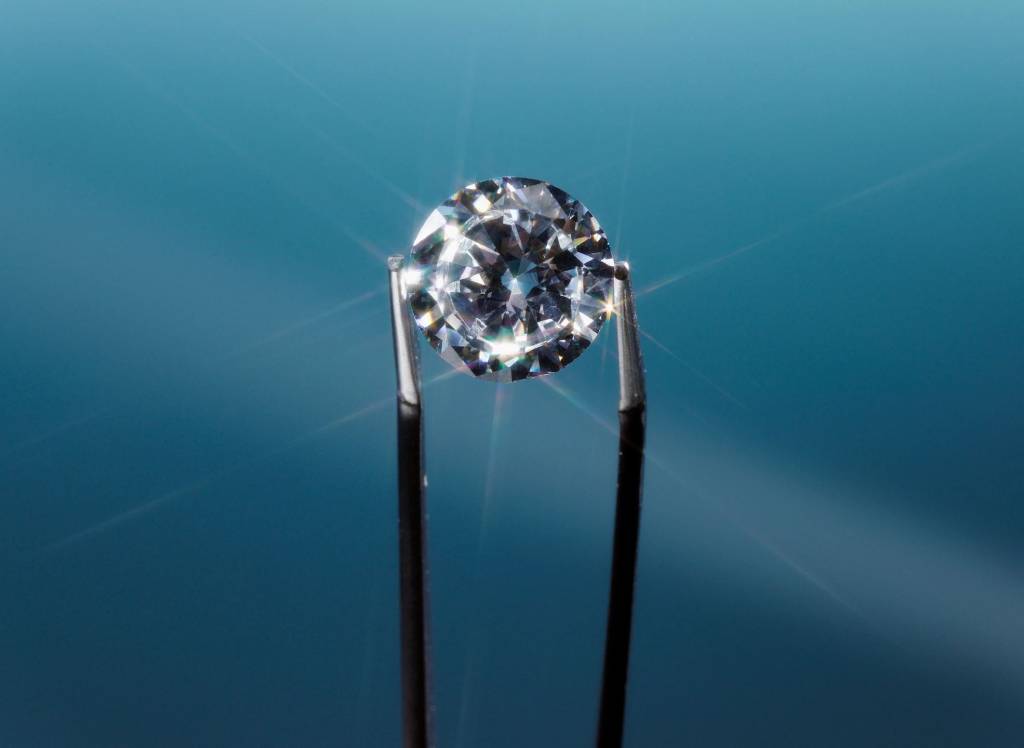
Diamond Certificates
A certificate gives you a detailed scientific analysis of your diamond which is done by an impartial gemological institution, not the grading of the seller. There are many different gemological labs that are recognized and regarded in the jewelry industry, such as GIA (Gemological Institute of America), AGS (American Gem Society), EGL (European Gemological Laboratory), IGI (International Gemological Institute).
